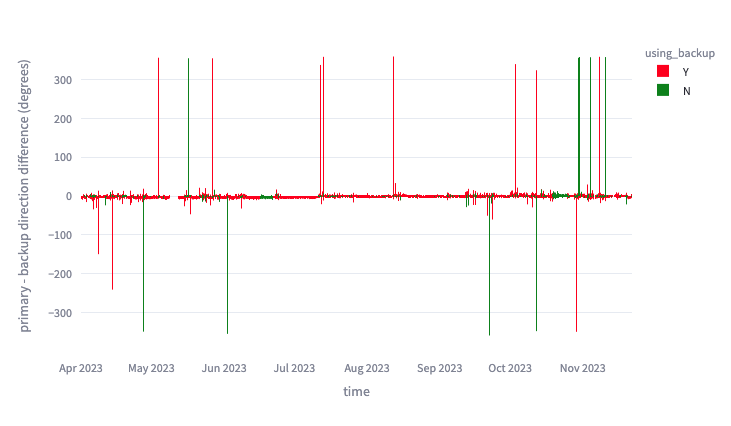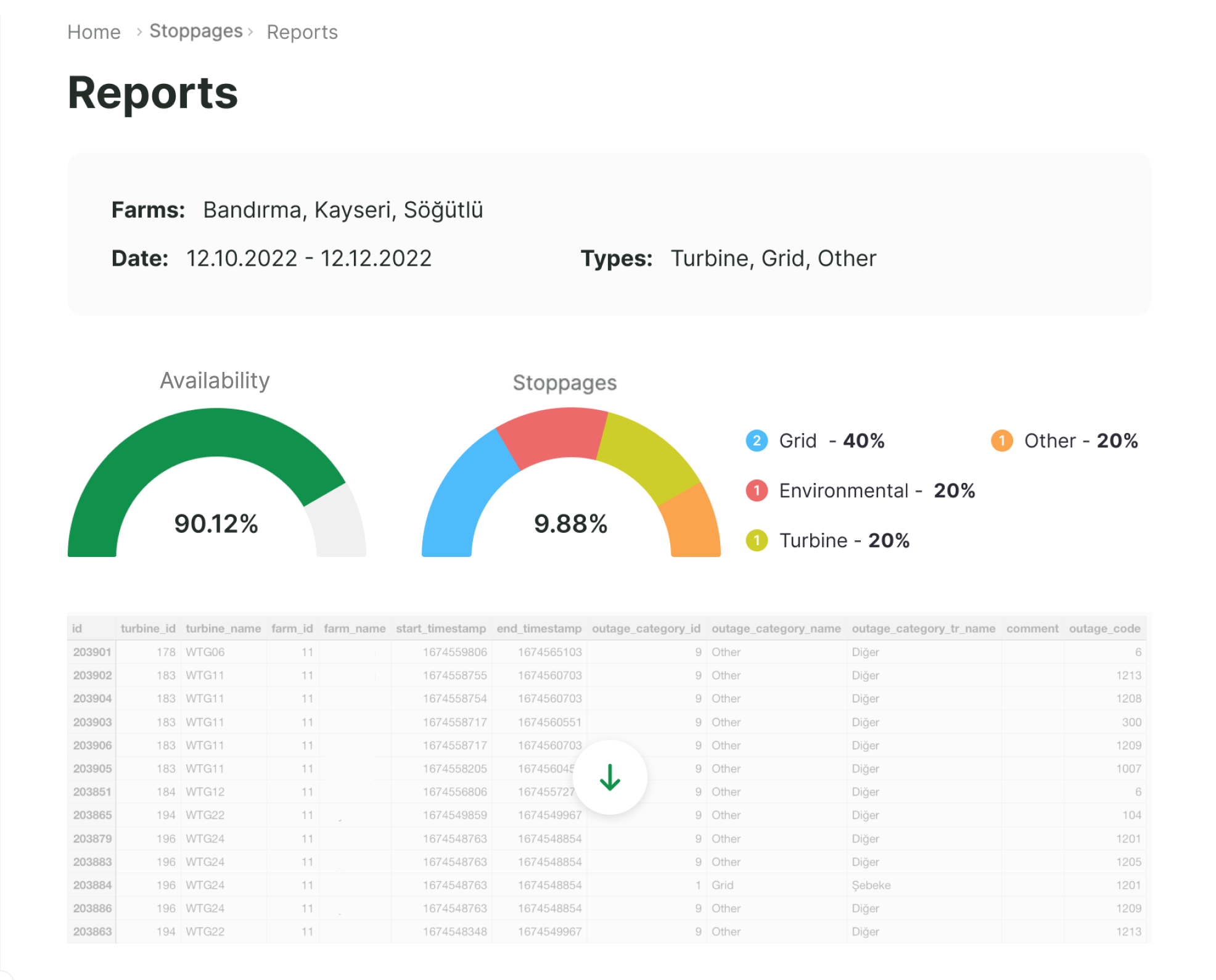Introduction
This case study highlights how Kavaken's advanced algorithms detected and addressed a unique yaw misalignment issue, significantly boosting the client's annual production.
Client
Our client, a major utility company, boasts over 500MW of wind power capacity. As owners of multiple windfarms, they have full service agreements with the turbine manufacturers (OEM). Operating with high availability, the client is committed to continually enhancing the performance and availability of their assets.
Challenges
Despite the substantial resources and a dedicated team managing the utility company's extensive wind power portfolio, operational challenges persisted.
The complexity of overseeing numerous turbines across diverse locations posed a challenge in maintaining a meticulous watch over each asset. Human limitations and the intricacies of wind turbine operations meant that certain anomalies, particularly those related to nuanced issues like yaw misalignment, could evade detection.
As a result, the utility company experienced periods of suboptimal turbine performance, leading to production losses that, despite the best efforts of their extensive team, went unnoticed until analyzed through the lens of Kavaken's advanced algorithms.
Kavaken's Solution
Kavaken's intervention addressed the inherent challenges associated with managing a vast and geographically dispersed wind power portfolio. By providing precise analytics and flagging potential issues, Kavaken proved instrumental in identifying and resolving performance nuances that may have otherwise escaped notice in the day-to-day oversight of the portfolio.
Leveraging a sophisticated flag mechanism, Kavaken issued a warning pinpointing potential issues related to mode change settings, frequent switching between primary and back-up sensors and sensor calibration.

Action
Working collaboratively with the OEM's service team responsible for operations and maintenance, the client swiftly initiated corrective actions guided by Kavaken’s recommendations.
Verification confirmed the misalignment stemmed from calibration issues with back-up sensors and frequent switching between primary and back-up sensors. The client, aided by Kavaken's insights, adjusted mode change settings and recalibrated sensors to rectify the problem.
.png)
Results
The impact of Kavaken's intervention was substantial, with approximately 1800MWh of production loss attributed to yaw misalignment caused by this issue in the past year.
Following corrective actions, Kavaken successfully elevated the annual production across the wind farms by an impressive 0.5%, showcasing the efficacy of the solution.

This case underscores Kavaken's commitment to optimizing wind turbine operations and maximizing asset performance. Through proactive identification and resolution of operational challenges, Kavaken empowers clients to achieve higher availability, increased efficiency, and sustainable green energy production.









